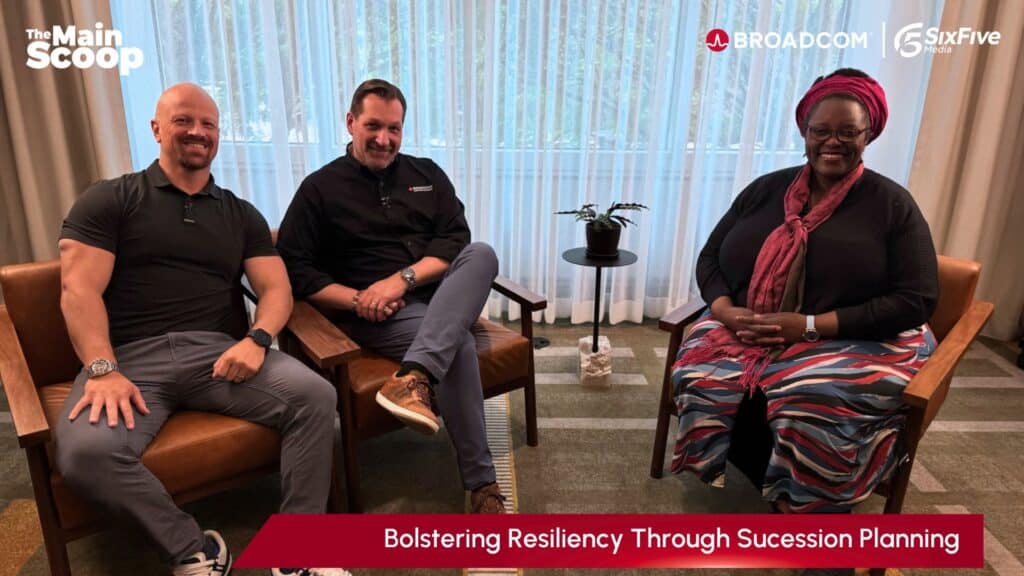One of the key techniques deployed by organizations amid the COVID-19 pandemic was the use of callbacks, which were utilized to reduce inbound customer service inquiries. If a customer called into a company’s contact center and a live agent was not available, they were prompted to enter a telephone number where they could be reached via a callback as soon as an agent was free, or at a convenient time for the customer.
Callbacks not only flatten spikes in demand for live agents, but also can reduce real costs by shifting inbound toll-free calls, which cost the company more than outbound ones. Callbacks can also reduce the number of abandoned inbound calls, and significantly improve CX by giving customers back their time instead of having them stay in a queue for minutes or hours. They can also help organizations manage inquiry demand amid call center agent shortages.
But callbacks can also be used in a proactive manner, to not only improve CX from a time management and agent efficiency standpoint, but also by ensuring that the correct agent is matched to the type of inquiry, level of complexity, or type of customer. Consider the following techniques for utilizing callbacks to improve CX:
Select and assign callbacks based on the type of inquiry
Instead of simply routing calls to the next available agent, callbacks can be scheduled so that the right department and agent can be deployed to handle the inquiry. Billing-based calls can be routed to the accounting department, while technical questions can be routed to agents with specific technical experience. This ensures that the customer is connected directly with the right agent, reducing transfers and the need for customers to repeat the nature of their problems to several agents.
Assign complex callbacks to experienced agents
Instead of trusting complex issues to less-experienced or less-facile agents, callbacks for more complex issues can be sent to experienced agents or specialists to improve the likelihood of single-call resolution.
Provide VIP-level services to prime customers
By using callbacks, VIP customer inquiries can be handled by high-touch, top-performing agents, who should have potential solutions at the ready to ensure a top-notch customer experience.
Respond to digital communication responses
Callbacks can also be used to strategically respond to inbound inquiries from web-based touchpoints, email campaigns, and mobile applications. Where a human touch is required (such as a high-value sales opportunity), callbacks can be used to allow skilled agents to directly respond to inbound digital inquiries, thereby increasing the direct engagement with customers.
Ultimately, callbacks provide several benefits to organizations that are seeking to improve CX. For one, by scheduling a callback, customers can go about their day without waiting on the phone, which makes the customer feel more valued. Further, by scheduling a callback, an agent can review any pertinent details about the inquiry and customer prior to the call being connected, ensuring they will be more prepared to handle the inquiry efficiently.
Perhaps most importantly, callbacks can be set up through any channel, including voice, text, web, mobile app, or even SMS. They also allow an individual to set up a callback for a family member, who may not be willing or capable of initiating a support call (such as an elderly parent). It also ensures that the agent with the right mix of skills, experience, and information can address the inquiry at hand, resulting in the best possible experience for the customer.
Author Information
Keith has over 25 years of experience in research, marketing, and consulting-based fields.
He has authored in-depth reports and market forecast studies covering artificial intelligence, biometrics, data analytics, robotics, high performance computing, and quantum computing, with a specific focus on the use of these technologies within large enterprise organizations and SMBs. He has also established strong working relationships with the international technology vendor community and is a frequent speaker at industry conferences and events.
In his career as a financial and technology journalist he has written for national and trade publications, including BusinessWeek, CNBC.com, Investment Dealers’ Digest, The Red Herring, The Communications of the ACM, and Mobile Computing & Communications, among others.
He is a member of the Association of Independent Information Professionals (AIIP).
Keith holds dual Bachelor of Arts degrees in Magazine Journalism and Sociology from Syracuse University.







